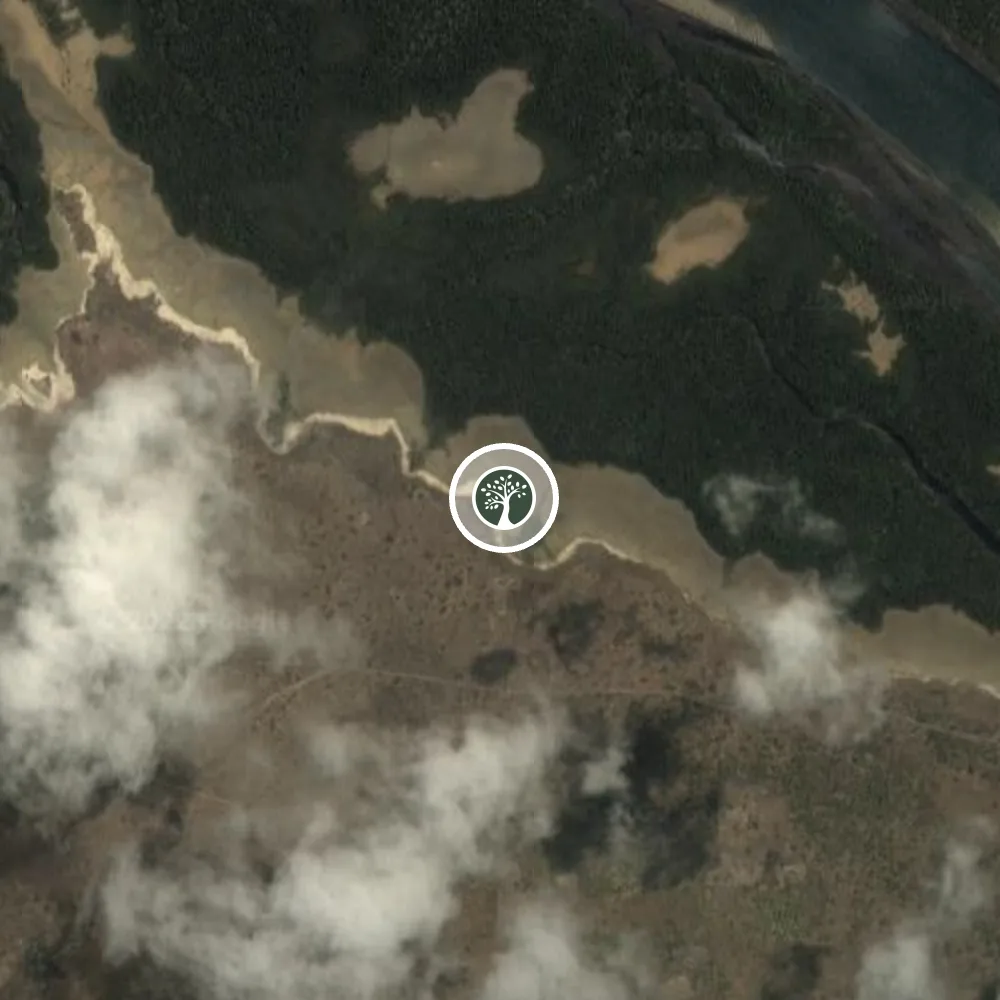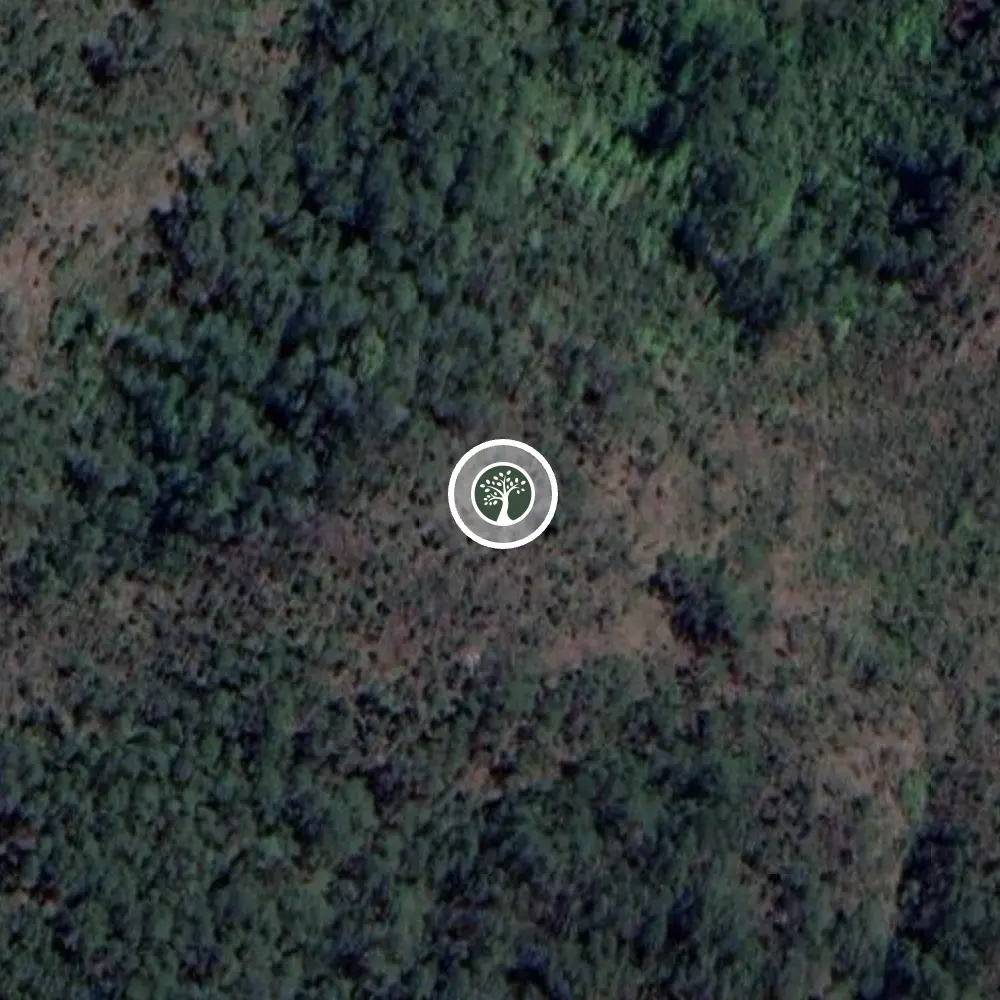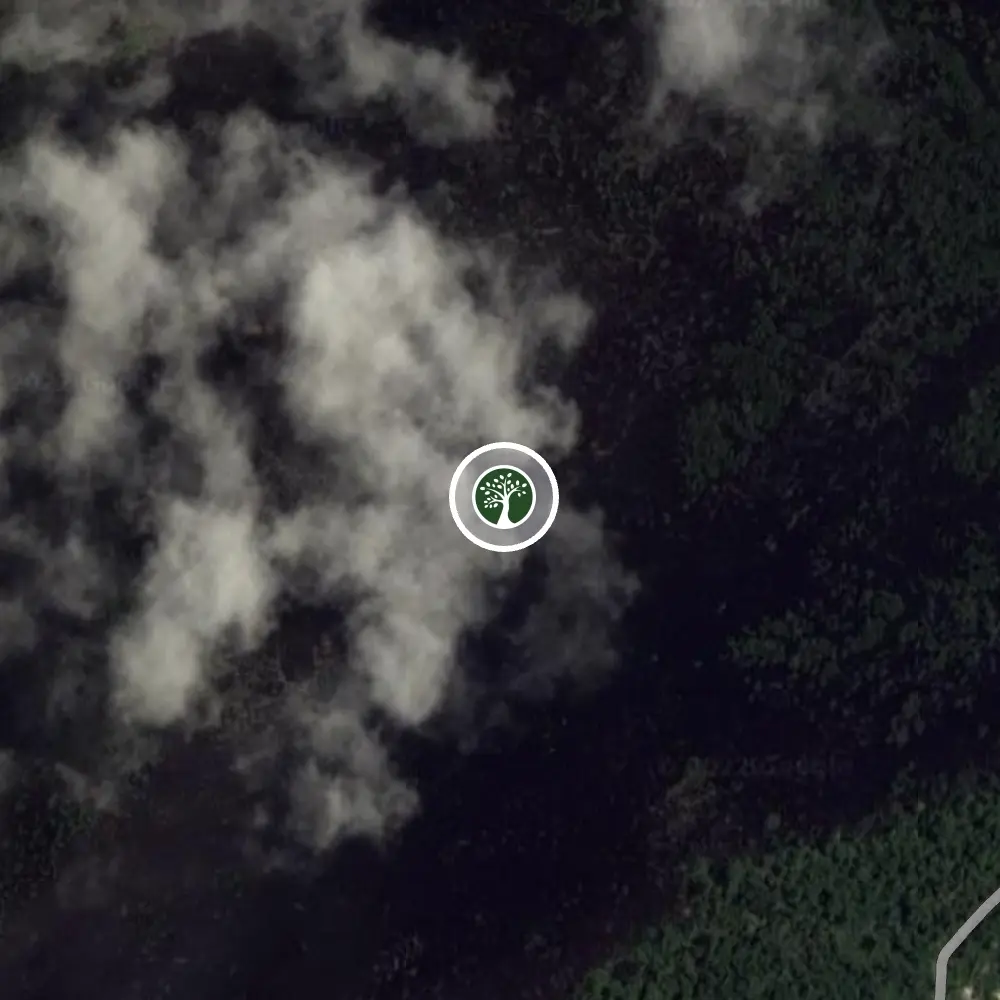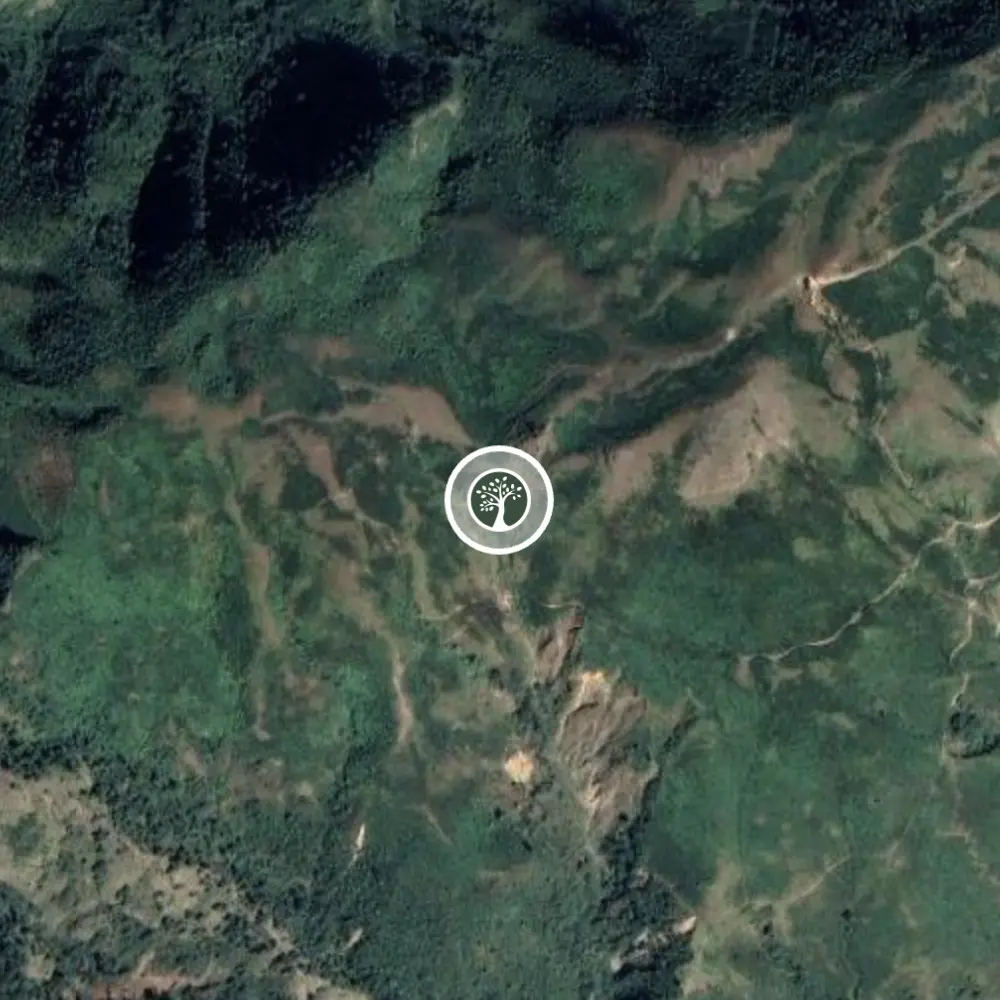
186
Trees planted

11
Tonnes of carbon reduced
Conscious, plant-based, high-performance skincare that will transform your skin. We proudly plant a tree with every order to help restore nature and give back to our planet.

Kenya
This site is located within the greater Milihoi channel in Lamu county. It is near Lamu Town, a UNESCO World Cultural Heritage site with an incredibly rich history. It has mangrove estuaries which are vital to the area’s ecologically diverse bird and marine life.
This area faces a number of challenges, including insufficient social services, very little freshwater, underdeveloped infrastructure, and food shortages. Reforestation work in this region restores mangrove estuaries and helps the local economy reduce food and water insecurity.
This project is part of larger work with regional and national government institutions and the surrounding agricultural and pastoral communities to restore critical forests across Kenya.
See Map
Honduras
Honduras is a biodiverse nation home to hundreds of terrestrial, freshwater, and marine species of animals and plants, some found nowhere else on Earth. Unfortunately, growth of palm oil production has led to uncontrolled logging, often in protected areas.
Work in this region is done in partnership with La Tigra National Park to produce, plant, and protect forests destroyed by uncontrolled logging. Reforesting this degraded region with native tree species creates sustainable economic opportunities for the indigenous people living there.
Deforestation threatens the lives of the people and wildlife. Restoring these areas is essential to preserving the area’s watershed and biodiversity.
See Map
Indonesia
An area of degraded mangrove forest measuring 506 hectares along the coast of Biak Island in northeastern Indonesia. Biak Island is a small island situated north of mainland Papua (New Guinea).
The interior of the island is covered by lush tropical rainforest, while mangrove forests line the coasts. The forests of Biak provide habitat for endemic mammal and bird species and have significant benefits for local communities and livelihoods.
Local people rely on healthy mangroves to support fisheries, provide timber, and protect against the impact of tropical storms and coastal erosion. Coastal mangroves act as a barrier between waves and land, mitigating the disastrous effects of large waves.
See Map
Nepal
The Lape planting site comprises 280 hectares of degraded tropical and subtropical forest in the Nawalpur District of Nepal.
Nawalpur District’s landscape is diverse, ranging from the lowland Terai plains to peaks over 1,500 meters in the Churia Hills. The Churia Hills are a transition zone from the lowland Terai plains to the Himalayas.
The nearby villages of Bhadaure, Ruchang, and Naram are home to approximately 400 people, most of whom belong to the indigenous Magar, Gurung, and Chhetri ethnic groups and whose traditional livelihood is livestock farming. The Churia Hills are a working landscape composed of tropical and subtropical forests interspersed with traditional terraced agriculture. The primary drivers of deforestation in this area are landslides on hillslopes, illegal logging for external markets, and over- dependency on fuelwood
See MapAt Our Forest, our mission is to positively impact our Earth’s climate, wildlife, and biodiversity through global reforestation. We strive to make reforestation an intrinsic part of every business. Together we can grow forests and create a better future for everyone.





